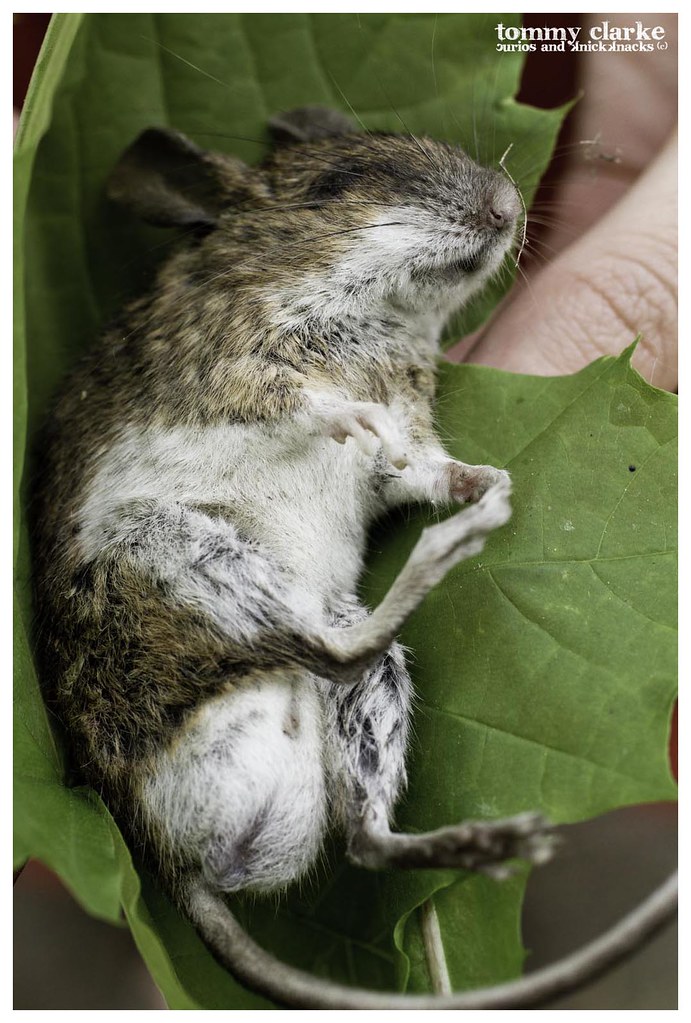This little chap was found at the Stadtgarten in Connewitz.
We all die but how much do we know about it? Here are a few bizarre facts about death and dying.
1. Never say die: There are at least 200 euphemisms for death, 'E's a stiff! Bereft of life, 'e rests in peace! If you hadn't nailed 'im to the perch 'e'd be pushing up the daisies!'Is metabolic processes are now 'istory! 'E's off the twig! 'E's kicked the bucket, 'e's shuffled off 'is mortal coil, run down the curtain and joined the bleedin' choir invisibile!! and "sleep with the Tribbles" (a Star Trek favourite).
2a. Modern crematorium furnaces swell to inconceivable temperatures - 1,598–1,796 °F. For a small body, around 100 pounds, it takes only an hour to complete the cremation process of incinerating the body.
2b. It seems there is a size limit for what can be burned in a crematorium. A St. Louis Cremation business is looking to add a fourth incinerator to accommodate those who won’t fit into the 36-inch openings of their three incinerators that are capable of cremating people weighing up to 600 pounds.
3. After death the decaying process involves the enzymes that once digested your meals, then begin to digest the tissues of your body. This digestion begins within 3 days of death.
4. Some humans turn in to soap after they die. In a process known as saponification, some human bodies turn partly or completely in to soap (adipocere – also known as grave wax). The fatty tissue of the body along with other liquids from putrefaction slowly form into lumps of adipocere – this happens to both embalmed and non-embalmed bodies. It is especially common in people with large fat deposits in their body prior to death. The famous Mutter Museum has an exhibit of “The Soap Lady” who is entirely composed of grave wax. On occasion, these deposits can be seen leaking from closed tombs.
5. The Victorians photographed their dead because they could seldom afford a picture of them alive. Photography was still relatively new in the Victorian era, and the difficulty in staying still long enough for a high quality photograph – and the extremely high price of a painted portrait, meant that many Victorians would have a photograph taken of a loved one after they died as a memento. This practice (Memento mori) also meant that photographs could be sent to distant relatives who may never have met a young child who died. It was not uncommon for members of the family to pose with the dead in a kind of macabre family portrait.



No comments:
Post a Comment